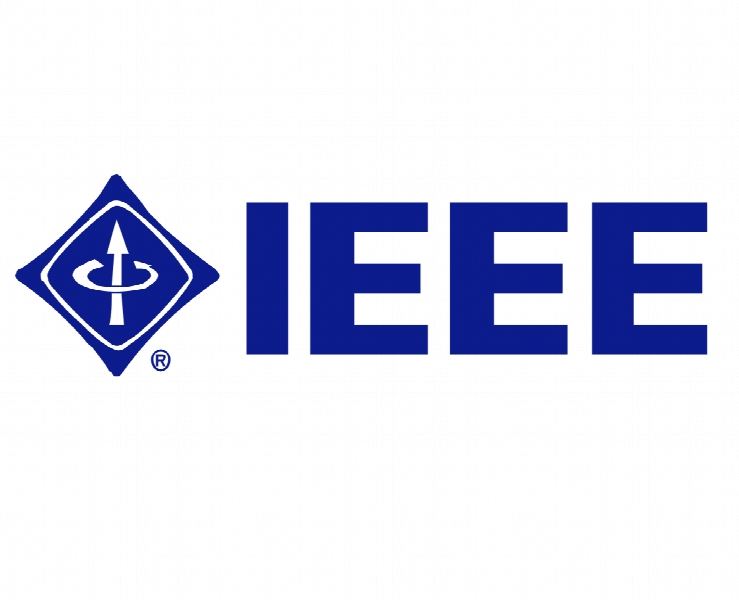رانندگی هوشمند در شهر هوشمند Smart Driving in Smart City
- نوع فایل : کتاب
- زبان : انگلیسی
- ناشر : IEEE
- چاپ و سال / کشور: 2018
توضیحات
رشته های مرتبط کامپیوتر، فناوری اطلاعات
گرایش های مرتبط هوش مصنوعی
مجله پنجمین کنگره بین المللی شبکه هوشمند استانبول و شهرها و نمایشگاه – 5th International Istanbul Smart Grid and Cities Congress and Fair
دانشگاه Dept. of Computer Science – Inonu University – Turkey
منتشر شده در نشریه IEEE
کلمات کلیدی انگلیسی Smart driving, incremental learning, driver behavior, online learning, smartphone sensors
گرایش های مرتبط هوش مصنوعی
مجله پنجمین کنگره بین المللی شبکه هوشمند استانبول و شهرها و نمایشگاه – 5th International Istanbul Smart Grid and Cities Congress and Fair
دانشگاه Dept. of Computer Science – Inonu University – Turkey
منتشر شده در نشریه IEEE
کلمات کلیدی انگلیسی Smart driving, incremental learning, driver behavior, online learning, smartphone sensors
Description
I. INTRODUCTION In smart cities, it is desirable to be formed a system that can be integrated into many associated systems. This system includes smart houses, intelligent vehicles, intelligent energy systems, intelligent roads, some technological devices, and spaces that can be added to them. Today, smart cars have already been brought in to the testing stage by many companies. For example; Google and Tesla have put test versions of their driverless smart cars on the market. First one focuses on the software portion, and the second one is still on mass production. In fact, intelligent systems are being developed to simulate human brain structure. Each division in the brain has a separate task. The parts of the brain and their tasks are shown in Figure 2. Each part can take place in intelligent automobile systems, and we can determine the tasks corresponding to them. In order to develop driverless systems, we initially need to collect the data associated with drivers and vehicles. Collection of these data is realized by sensors. The parts performing this task in the brain are known as the parietal lobe and occipital lobe. Then, the obtained data is stored somewhere to work on it. The region achieving this task in the brain is called the temporal lobe. The classification of the recorded data and extracted events should be determined. This process is done as a function of the temporal lobe of the brain. It needs to analyze, plan, evaluate, and predict the subsequent situations related to these detected events. This is performed in the brain part called front lobe. After detected events are processed by the associated regions of the brain, the movement organs should be instructed and acted upon. This process is done with the motor cortex section. In this way, an event can be detected, recorded, learned, interpreted, and next one is predicted. Driving assistant systems have an important place in smart car systems. Development of new driving assistant systems is possible by means of driving behavior. Thus, the recognition of the driver characteristics should be obtained. Also, the tactics, maneuvers, and overall behavior on steering wheel should be estimated. Before the action, some preliminary work is needed to build driver assistant systems having next generation artificial intelligence.


